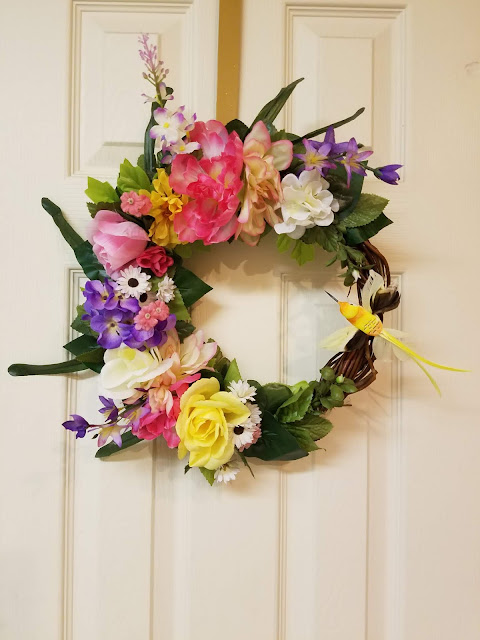$15 - $20 (based on 2017 prices)
Makes one doll
2017’s haunt explored the legend of La Llorona. To expand upon the element of prolicide prevalent in the folklore, I drew inspiration from La Isla de las Muñecas and filled the haunt with dolls to represent the specter’s drowned children. Although the process of transforming dozens of dolls into macabre monsters eventually became rather tiring, the final results were well worth the time and effort.
- One twelve-inch doll with vinyl limbs and head
- One 2 oz. bottle of acrylic paint in flat black*
- One 2 oz. bottle of acrylic paint in hot cocoa*
- One 2 oz. bottle of acrylic paint in spice brown*
- One 2 oz. bottle of acrylic paint in flat tan*
- One 5 lbs. flour sack
- At least four tablespoons of dark roasted coffee grounds
- One pan large enough to soak the flour sack
- One to two yards of light brown twine
- One bag of maggots (roughly one-hundred insects per bag)
- One 0.14 oz. bottle of superglue gel
1. Remove all of the doll’s clothes and, on a newspaper-lined surface in a well-ventilated area, paint its limbs and head tan. Although I used three coats, you may want more depending on your desired coverage. Keep in mind, though, that this is the base coat and much of it will be covered up by the darker shades of brown.
2. Detail the limbs and head by building up layers of smudged black, hot cocoa, and spice brown paint around the eyes, mouth, nose, and along the edges of wrinkles. To enhance the visual impact, move from light to dark. Finish the initial painting process by filling the openings to the ears, eyes, mouth, and nose with black paint.
3. Boil enough water to completely submerge the flour sack and pour it into the pan. Add the coffee. The longer you allow the coffee to brew, the darker the stain will become. Likewise, greater amounts of coffee will produce a richer stain. Submerge the sack in the coffee mixture and soak it until it reaches the color you desire. I soaked mine for four days and scattered the coffee grounds over the top of the fabric to add spots. Remove the sack from the water and allow it to dry.
4. Once the flour sack has dried, cut a hole along the bottom seam and two along the sides large enough for the doll’s head and arms to fit through. Using a darning needle, thread the twine along the outer edges of the sack (do not sew up the three holes). You want the needlework to look messy and uneven, giving the outfit a disheveled appearance. Dress the doll in the sack. You can add further distress by shredding parts of the fabric or smudging it with brown paint to simulate dirt.
5. Glue the maggots to the doll. For believability, you want to select one or two areas where they will swarm the body. I elected to do this with one of the eyes, building up a large mass in the socket and gradually spreading the insects outward along the face and body. Since the particular maggots I used were made of a sticky gel, I had to use superglue to hold them in place. Although it took several hours to adhere each insect individually, the final product was well worth the effort and time.
6. You can enhance the prop’s creepiness by inserting a recordable voice box into the doll, causing it to make baby noises or demonic growls whenever someone presses the doll.
*You will not use the entire bottle’s content for this project.






















